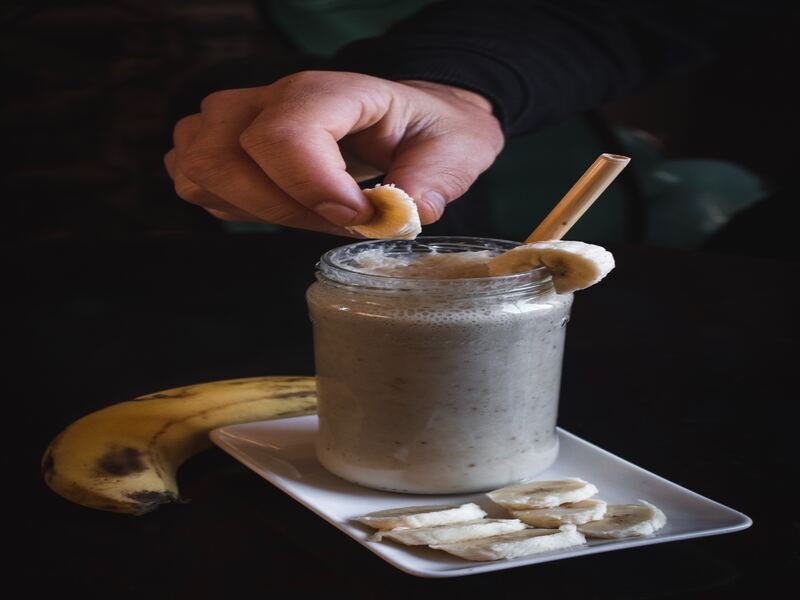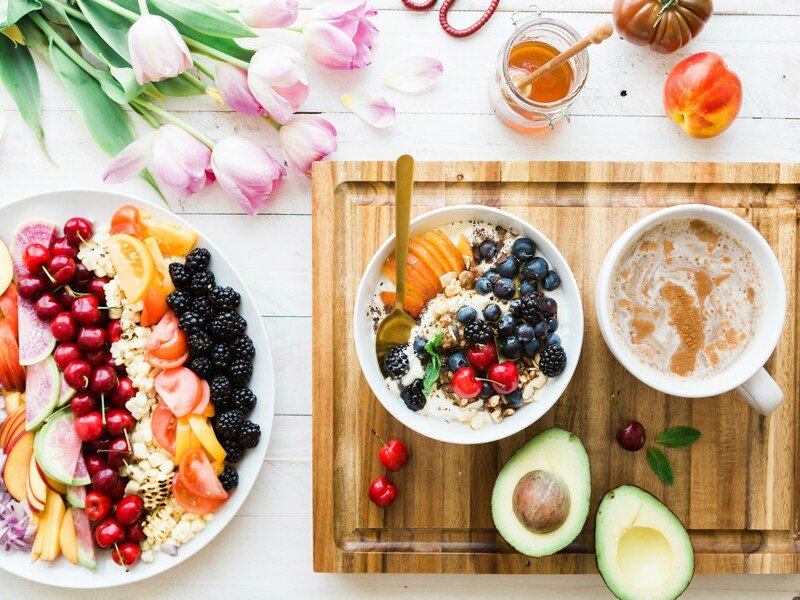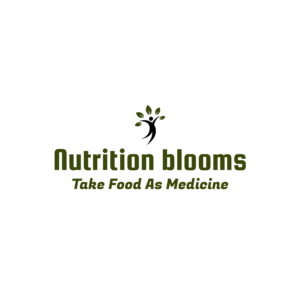Introduction:
Nutrition is essential to achieving maximum health and wellbeing. One strategy that is becoming more and more popular as dietary trends change is blend nutrition. This creative technique provides a quick and effective way to fuel the body. It involves blending a variety of whole foods into delectable, nutrient-rich mixtures. This post will discuss blended nutrition, its advantages, and how including blended foods in your diet may completely change the way you think about nutrition.

Comprehending Blended Nutrition:
Although smoothies are frequently linked to blend nutrition, this concept extends beyond the conventional idea of liquid meals. It is the creative blending of fruits, vegetables, nuts, seeds, and other healthful components to produce a balanced concoction of vital nutrients. The blender takes center stage in blended nutrition. it enables the creation of creamy, tasty mixtures while preserving the fiber, vitamins, minerals, and antioxidants found in the individual ingredients.
Important Ingredients in Blended Nutrition:
1. Fruits and Vegetables:
A wide variety of fruits and vegetables is the basis of blend nutrition. A variety of vitamins, minerals, and phytonutrients are added to the mixture by these vibrant ingredients. The options for taste and nutrition are unlimited, ranging from citrus fruits and berries that are high in antioxidants to leafy greens like spinach and kale.
2. Proteins:
Including a variety of protein sources in your diet is made simple with blend nutrition. Nuts, seeds, Greek yogurt, and plant-based protein powders not only lend smoothness to the blend but also elevate its protein level. Those who want to maintain the health of their muscles, control their weight, or eat a vegetarian or vegan diet will find this especially helpful.
3. Healthy Fats:
Add healthy fats to blended mixtures by adding nuts, seeds, avocados, and oils like flaxseed or coconut oil. These fats are necessary for the body to absorb nutrients, the health of the brain, and general wellbeing. They also give the blends a pleasing flavor and texture.
4. Whole Grains:
You can include whole grains like quinoa or oats to increase the fiber content and give you long-lasting energy. These grains include complex carbs that assist maintain the health of your digestive system and help you feel satiated for longer.
Advantages of Combining Nutrition:
1. Nutrient Density:
Consuming a variety of nutrients in a single serving is made possible by blend nutrition. Blends rich in vitamins, minerals, antioxidants, and other vital substances can be made by blending different fruits, vegetables, proteins, and fats.
2. Digestive Health: Blended meals’ high fiber content promotes digestive health. Avoid constipation by incorporating fiber, which facilitates regular bowel movements and promotes the growth of good gut bacteria. The fiber included in whole foods is retained in blended nutrition, supporting a healthy digestive tract.
3. Convenience and Time Efficiency: Finding the time to prepare and eat wholesome meals might be difficult in our hectic lives. Blended nutrition provides a practical solution. Prepare a well-blended concoction in minutes, offering a rapid and effective means of nourishing the body without sacrificing nutritional value.
4. Hydration: A lot of blended drinks contain liquids, such as water, almond milk, or coconut water, which helps with hydration. Adequate hydration plays a crucial role in maintaining good health. It support internal processes such as controlling body temperature, moving nutrients, and eliminating waste.
5. Versatility and Palatability:
People may tailor blended nutrition to fit their dietary requirements and taste preferences because to its remarkable versatility. There are countless varieties available, both sweet and savory, which makes it simpler to follow a healthy diet without compromising flavor.
Including Blended Nutrition in Your Daily Routine:
1. Smoothie Bowls:
Blend a range of fruits, veggies, and proteins to create colorful and nourishing smoothie bowls. Add fresh fruit, nuts, seeds, and granola on top for a visually stunning and filling dinner.
2. Protein-packed smoothies:
Create protein-rich smoothies by incorporating items such as nut butter, Greek yogurt, and protein powder. These smoothies serve as a filling snack or prove excellent for post-workout recovery.
3. Green Smoothies:
Make nutrient-dense green smoothies to increase your daily consumption of greens. For a delightful and nutritious drink, blend leafy greens like spinach or kale with fruits, a source of protein, and a liquid base.
4. Blended soups: As a healthy and cozy substitute for traditional soups, blended soups are a great option. A tasty and healthy dinner can be made by combining cooked veggies, herbs, and a source of protein.

Conclusion:
The field of nutrition recognizes blend nutrition as a dynamic and approachable method for providing the body with food. Harnessing the potential of whole foods and the ease of blending empowers individuals to create tasty, nutrient-dense recipes that promote general health and well-being. Blended nutrition provides a flexible and fun alternative, suitable for a quick breakfast, post-workout refill, or enhancing fruit and vegetable intake. Embrace this world and learn to fuel your body with nutrient-dense, colorful whole foods.


